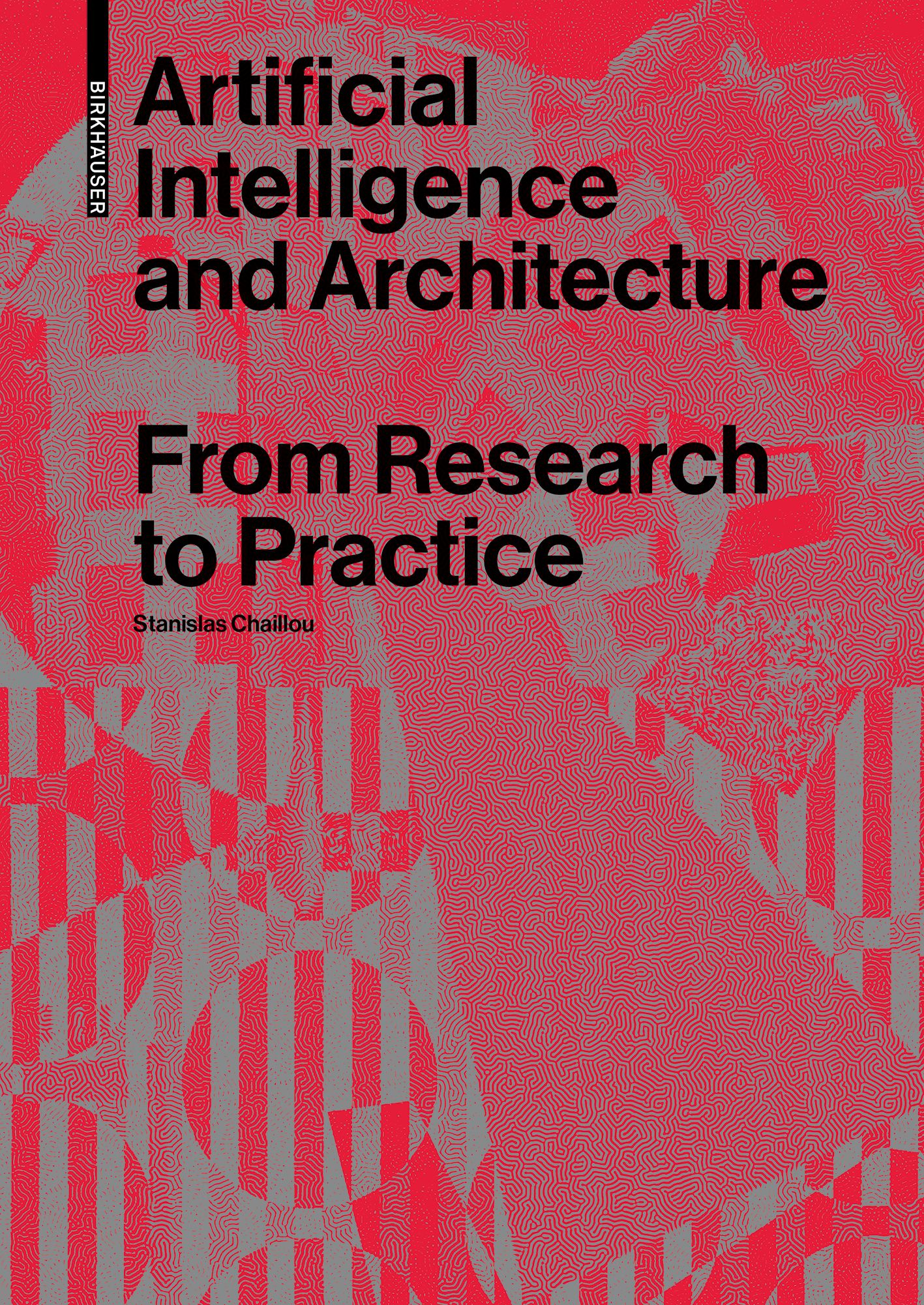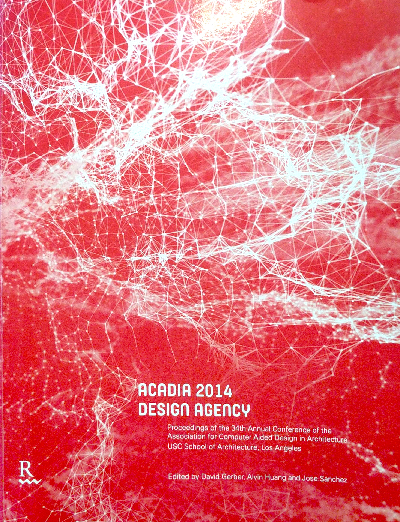Clever Little Tricks
Kyle Steinfeld
The emergence of text-to-image generative models (e.g., Midjourney, DALL-E 2, Stable Diffusion) in the summer of 2022 impacted architectural visual culture suddenly, severely, and seemingly out of nowhere. To contextualize this phenomenon, in an issue of The International Journal of Architectural Computing, I offer a socio-technical history of contemporary text-to-image generative systems.
















